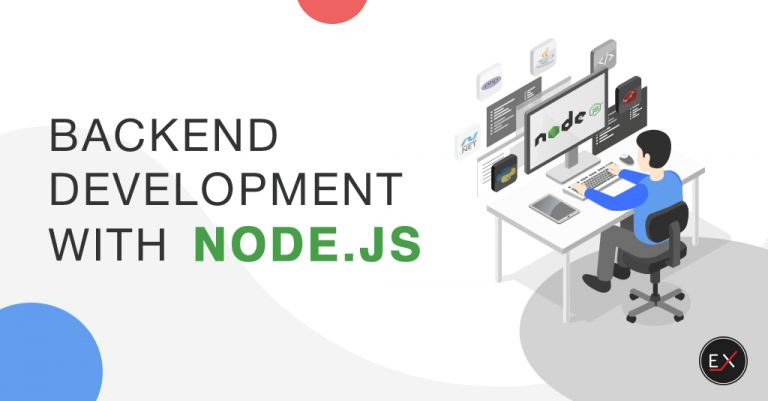Yibai Insights
Explore the latest trends, news, and insights from around the world.
Node.js and Chill: Building Fast Apps While You Netflix
Discover how to build lightning-fast apps with Node.js while enjoying your favorite shows. Code smarter, chill harder!
Top 5 Features of Node.js That Make It Perfect for Rapid App Development
Node.js is a powerful runtime built on Chrome's V8 JavaScript engine, and it offers several features that significantly enhance rapid app development. One of its standout features is its non-blocking I/O model, which allows developers to handle multiple requests simultaneously without waiting for any single operation to complete. This results in better performance and efficiency, making Node.js the perfect choice for building applications that require quick response times. Additionally, Node.js is lightweight and can easily scale to meet the demands of high-traffic applications, further contributing to its suitability for rapid development.
Another remarkable aspect of Node.js is its extensive ecosystem of npm packages. With over a million packages available, developers can quickly integrate existing libraries and tools, reducing the time spent on coding from scratch. Combined with its event-driven architecture, Node.js allows for rapid prototyping and iterative development, enabling teams to deliver working applications in shorter cycles. Furthermore, the ability to use JavaScript both on the client and server sides simplifies the development process and fosters better collaboration among team members, making Node.js a top choice for anyone looking to expedite their app development process.

How to Build a RESTful API with Node.js: A Step-by-Step Guide
Building a RESTful API with Node.js can seem daunting at first, but with the right steps, it can be quite manageable. To get started, make sure you have Node.js and npm (Node Package Manager) installed on your machine. Once that's done, create a new directory for your project and initialize it with npm init. This will generate a package.json file, which will contain the metadata about your project. Next, you'll want to install Express, a minimal and flexible Node.js web application framework that will help you handle routing and requests easily. You can do this by running npm install express in your command line.
After setting up your project, it's time to create your API's structure. Begin by creating a new file named app.js. In this file, you'll set up your Express server using the following code:
const express = require('express');
const app = express();
const PORT = process.env.PORT || 3000;
app.get('/', (req, res) => {
res.send('Welcome to the RESTful API');
});
app.listen(PORT, () => {
console.log(`Server is running on port ${PORT}`);
});This code initializes a basic Express server that responds to requests at the root URL with a welcome message. From here, you can expand your API by defining various routes and implementing CRUD operations to allow users to create, read, update, and delete data.
Node.js vs. Other Server-Side Technologies: Which One Should You Choose?
Node.js has gained immense popularity in the realm of server-side technologies for several compelling reasons. One of its key strengths lies in its non-blocking, event-driven architecture, which makes it incredibly efficient for handling a large number of simultaneous connections. This feature is particularly advantageous for applications requiring real-time capabilities, such as chat applications or live updates. In contrast, traditional server-side technologies like PHP or Java often rely on a synchronous request-handling model, which can lead to performance bottlenecks under heavy loads.
When choosing a server-side technology, it's essential to consider your specific project needs and the skill set of your development team. If your team is already proficient in JavaScript, then adopting Node.js can lead to faster development cycles and smoother integration with front-end frameworks. However, if your application requires enterprise-level features or a robust ecosystem of libraries, other options like Ruby on Rails or ASP.NET might be more suitable. In summary, there is no one-size-fits-all solution; carefully evaluate your project requirements before making a decision.